Lumen Field is getting major upgrades for next year’s World Cup. What to expect.

SEATTLE – It’s not cheap to plant grass.
When the FIFA Men’s World Cup comes to Seattle next year, Lumen Field will play host to six games, all of which will be played on a natural grass field.
It’ll be the first time the stadium will have grass as its primary playing surface and the cost of installing and maintaining the field was the bulk of $19.4 million approved by the state Legislature and signed by Gov. Bob Ferguson late last month.
The money from the state also included funding toward infrastructure improvements at the stadium, security around the venue and for transportation to help get fans to and from the games.
“We’re very pleased with the cooperation. The representatives around the state all saw value in bringing the World Cup to Seattle and the state of Washington,” said Peter Tomozawa, the CEO of Seattle’s World Cup organizing committee. “We did numbers of presentations as to what this could mean for the state, what this could mean for our city, and we’re super pleased, especially in this incredibly tough budget environment, that we got the funding that we needed to put in the grass to get the stadium ready and sort of the capital requirements that were necessary.”
Nearly 30 years ago, the language in the public referendum that approved the funding mechanism for the construction of Lumen Field stipulated that local officials would pursue the opportunity for the stadium to host World Cup games should there become the chance.
That opportunity will come next summer when Seattle is slated to host four group-stage games – including one game featuring the United States – one game in the round of 32 and one game in the round of 16.
But it’s not a cheap endeavor and one of the biggest expenditures is the installation of the grass field that will take place after the completion of the 2025 NFL season. It will temporarily replace the artificial surface used for games involving the Seahawks, Sounders and Reign, but will only be used for the World Cup matches. That cost includes installation, irrigation and additional equipment to help maintain the health of a grass field at a venue that’s never had grass as the primary surface in its history.
After the tournament, an artificial surface is expected to be reinstalled before the start of the 2026 NFL season.
Some of the funding will also help with the replacement of seats in the Hawks Nest in the north end of the stadium as FIFA requires all seats include a seat back. Those will remain after the tournament leaves along with other infrastructure improvements around the stadium.
“Everything the state is funding in capital for the stadium are all things that meet FIFA requirements, but also serve a broader purpose for the stadium ongoing,” said April Putney, chief strategy officer for the local organizing committee. “None of it is just something that is beneficial for the tournament itself. It’s all things that will provide ongoing benefit and help the stadium, either with attracting future events or solving the ongoing needs that they have.”
There was also funding from the state for $1.7 million in upgrades to the soccer facilities at the University of Washington and another $100,000 for upgrades at Gonzaga. Seattle U and UW will be used as practice fields for teams while they are in town. Gonzaga is under consideration as a potential base camp for a country that could end up playing the majority of its matches on the West Coast with games set to be played in Seattle, Vancouver, B.C., the San Francisco Bay Area and Los Angeles.
There is also expected to be additional funding coming from the federal level. Seattle and the rest of the host cities in the U.S. were part of a unified request from the federal government for funding related to security around the games. Seattle’s portion of the federal request was $31.5 million to go with $2.75 million allocated from the state, Putney said.